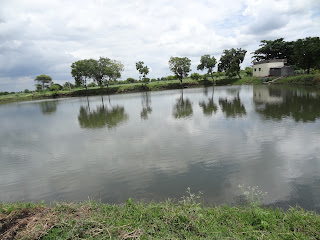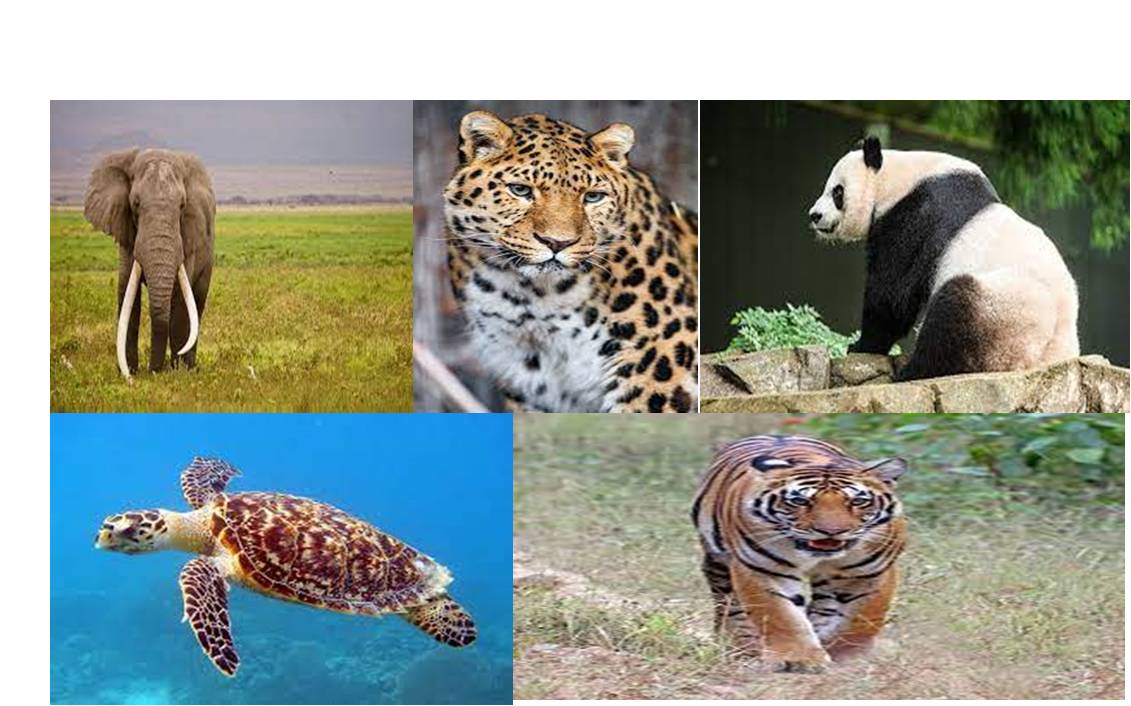Aquaculture: It can be defined as a sustainable practice of fish harvesting that strives to keep aquatic biodiversity and ecosystems intact. Aquaculture provides an alternative to wild fish sanctuaries throughout the world.
The aquaculture is understood to mean the farming of aquatic organisms including fish, crustaceans, molluscs and aquatic plants. It also known as aqua farming or culture fisheries. It involves cultivating of Inland water and marine water organisms under controlled conditions, and it can be contrasted with commercial fishing, which is the harvesting of wild fish. The culture are regarded as to shellfish and finfish fisheries is analogous to the relation of agriculture to gathering and hunting. Mariculture refers to aquaculture practiced in marine environments and in underwater habitats.
The broad views of aquacultures include fish farming, shrimp farming, oyster farming, mariculture, algaculture (such as seaweed farming), and the cultivation of ornamental fish. Particular methods include aquaponics and integrated multi-trophic aquaculture, both of which integrated fish farming and plant farming.
The aim of aquaculture is to produce a blue revolution. It is the culture of fisheries. It is the culture of fishes and other aquatic organisms using advanced technologies. It is an industry or occupation. The products of aqua-culture is called aqua food which are consume by human.
It is a branch of fisheries and fisheries is an occupation or industry of catching and culturing fishes and other aquatic organisms. Fisheries are of two types, namely capture fisheries and culture fisheries. Capture fisheries is the catching or fishing of fishes from the water bodies. Culture fisheries is the cultivation of fishes and other aquatic organisms. It is also called Aqua=culture. The term Pisciculture is used specifically for the culture of fishes.
Scope of Aquaculture
It provides the following scopes:
- Provides aqua food.
- Aqua food is rich in protein.
- It provides employment opportunity,
- Pearl is produced on a large scale.
- Agar is extracted from seaweeds. aquaculture.
- Sewage is used for Aquaculture
- Fishery by products are used as raw materials in poultry and cattle feed.
- Ornamental fishes are produced.
Role of Aquaculture in Economic Development
- It generates employment.
- It improves the nutritional status of the people.
- It increases food supply.
- It earns foreign exchange.
Constraints in Aquaculture
The following problems met within culture.
- Poor financial allotment
- Low investment
- Poor infrastructure
- Prolongation of schemes.
- Less awareness
- Unwillingness of farmers to implement advanced technologies
- Lack of coordination among various agencies.
- Lack of insurance coverage.
- Over fishing leading to ecological imbalance.
- There is a in need to be attention towards aquaculture
Organizations related to Aquaculture and Fisheries
The Indian Government established a number of institutes for education and research in Aqua-culture. They provide education for students and produce graduates and postgraduates on Fisheries.
The Research institutes produce scientists and the scientists design new technologies. The new technologies are implemented by the farmers. The institutes are functioning under five Government organizations. They are
- National Fisheries Development Board
- Coastal Aqua-culture Authority
- Central Institute of Coastal Engineering for Fishery
- Central Institute of Fisheries, Nautical & Engineering Training
- Fisheries Survey of India
- National Institute of Fisheries Post Harvest Technology and Training
- ICAR (Indian Council of Agricultural Research)
- Ministry of Fisheries, Animal Husbandry and Dairying
- Ministry of Agriculture
- Ministry of Commerce
- Ministry of Food Processing Institutes
- CSIR
A number of fisheries developmental agencies are functioning under the Govt. of India. They are-
- CMFRI (Central Marine Fisheries Research Institute)
- CIFRI (Central Inland Fisheries Research Institute)
- CICFRI (Central Inland Capture Fisheries Research Institute)
- CIFA (Central Institute of Freshwater Aquaculture)
- NCFRI (National Coldwater Fisheries Research Institute)
- CIBA (Central Institute of Brackish water Aquaculture)
- IFRI (Inland Fisheries Research Institute)
- IIFT (Indian Institute of Fisheries Technology)
- INET (Institute of Nautical Engineering and Technology)
- IFPI (Integrated Fisheries Project of India)
- MPEDA (Marine Products Export Development Authority)
- EIA (Export Inspection Agency) 13. FSI (Fishery Survey of India)
- FFDA (Fish Farmers Development Agency)
- BFDA (Brackish water Farmers Development Agency)
- FAO (Food and Agricultural Organizations)
- ICLARM (International Centre for Living Aquatic Resource Management)




